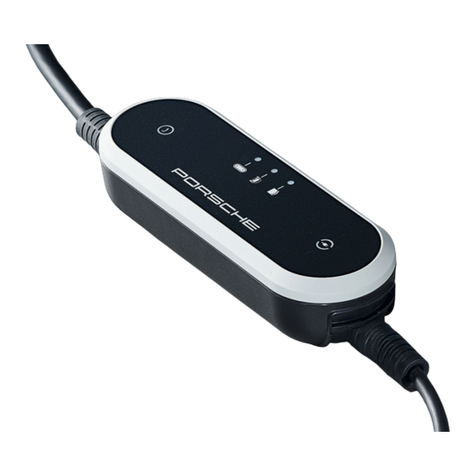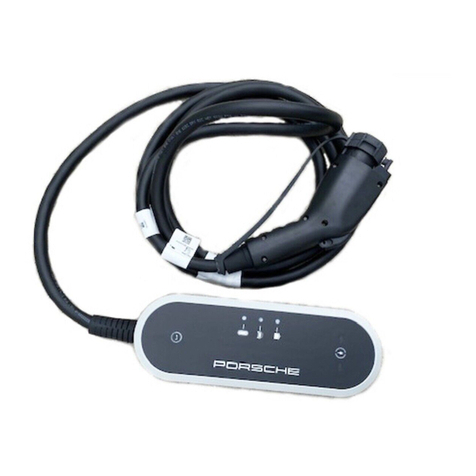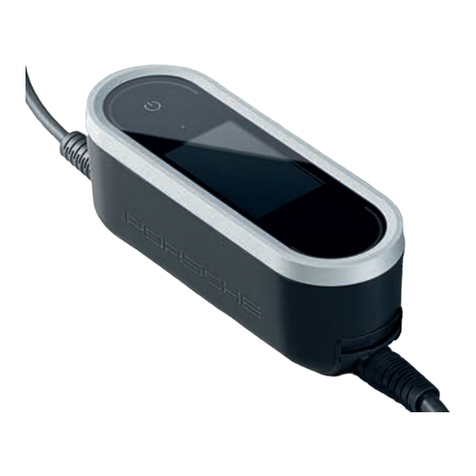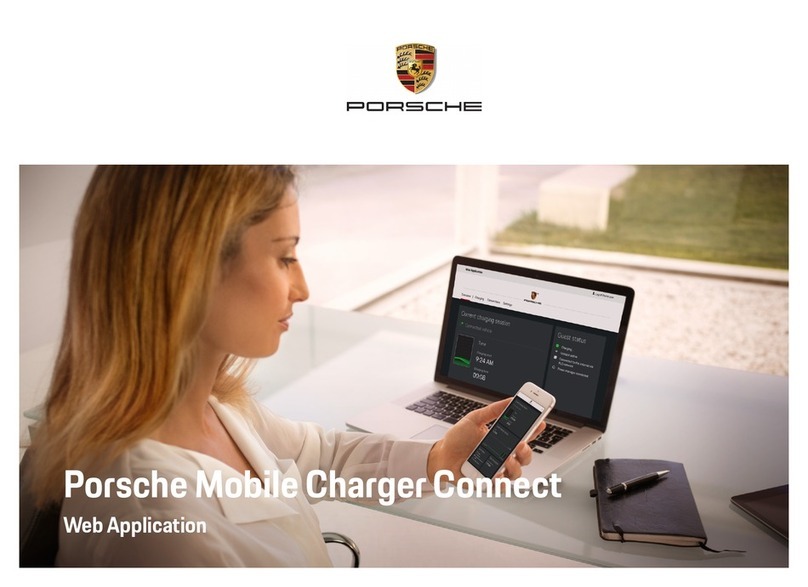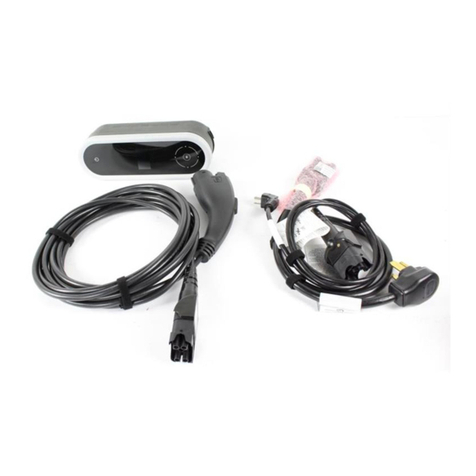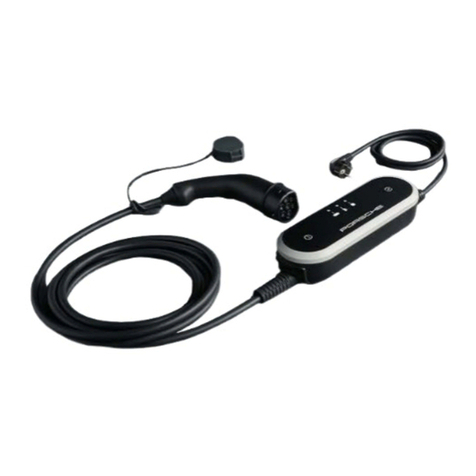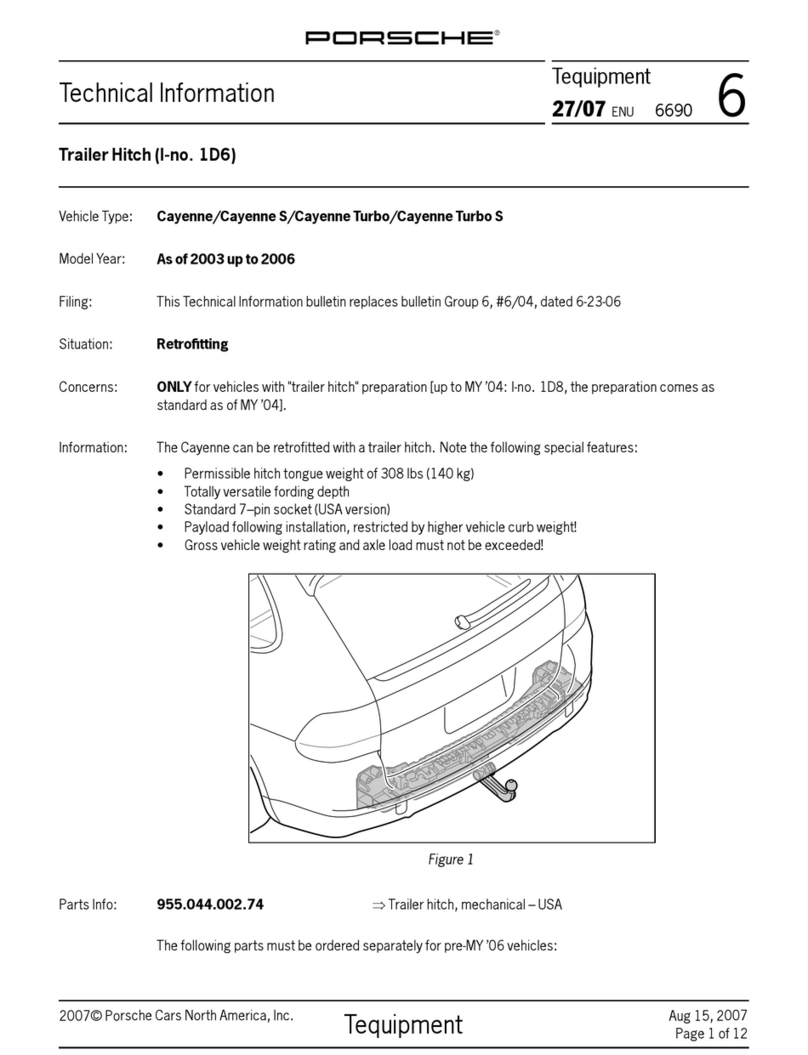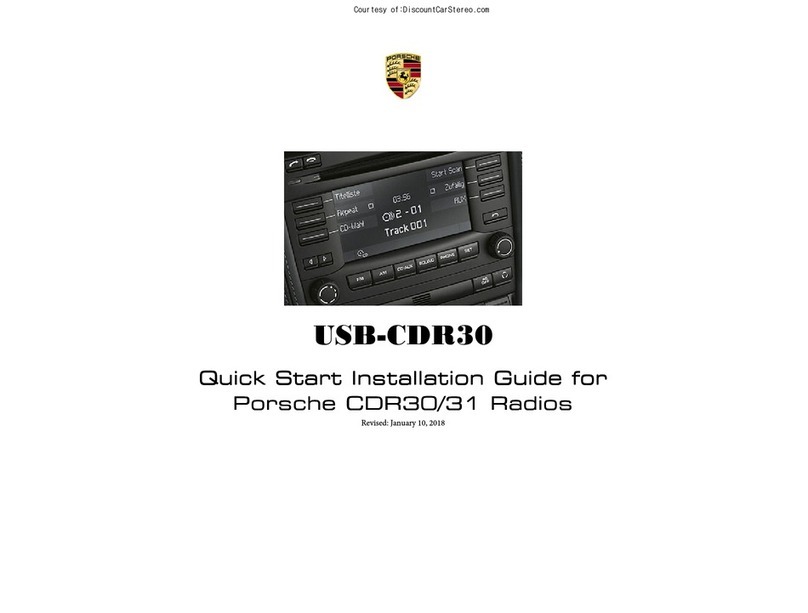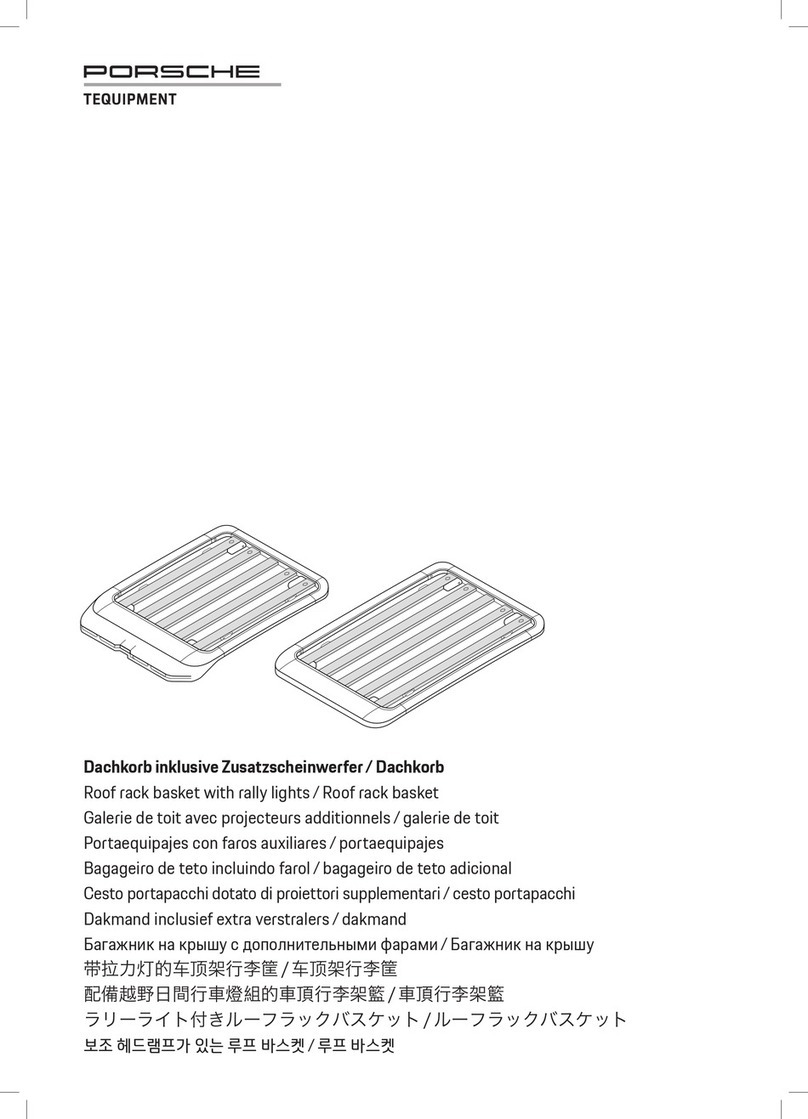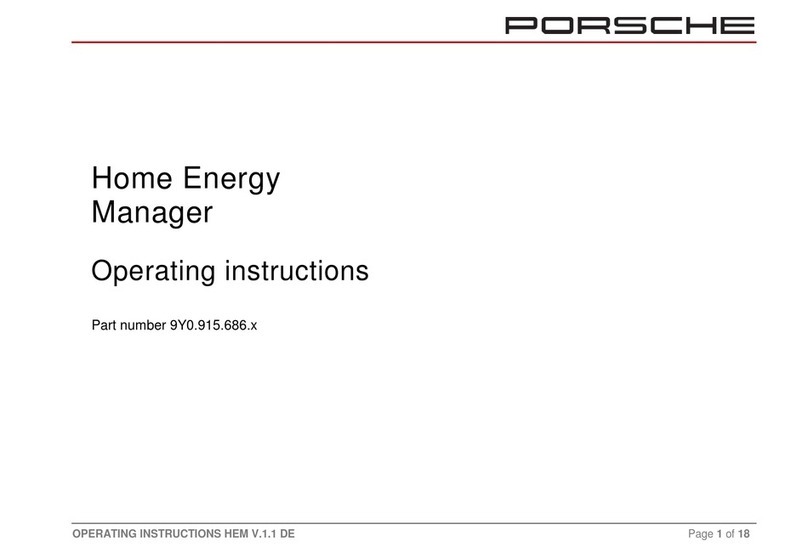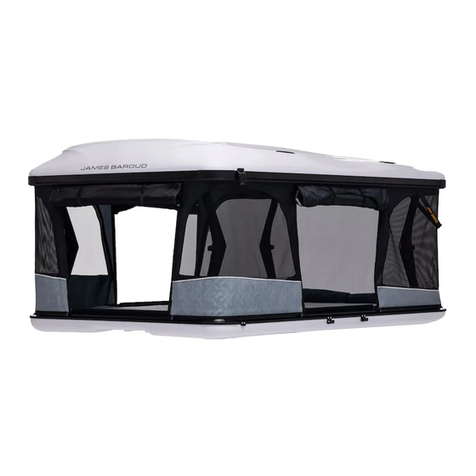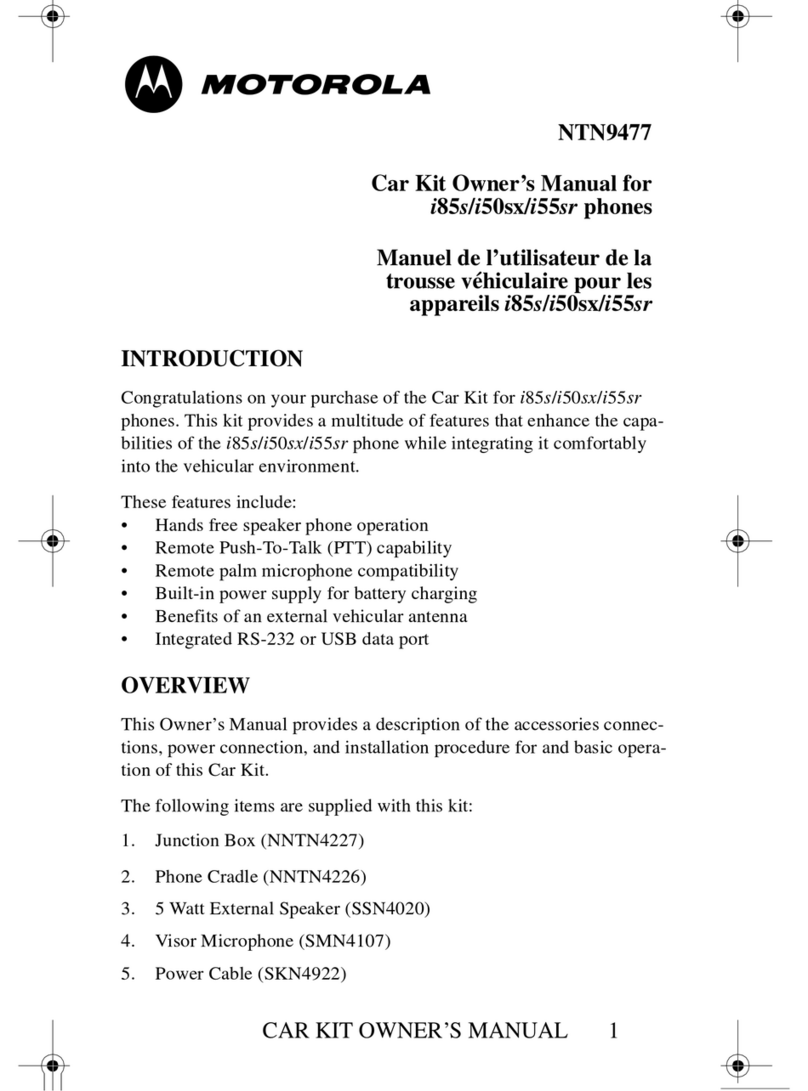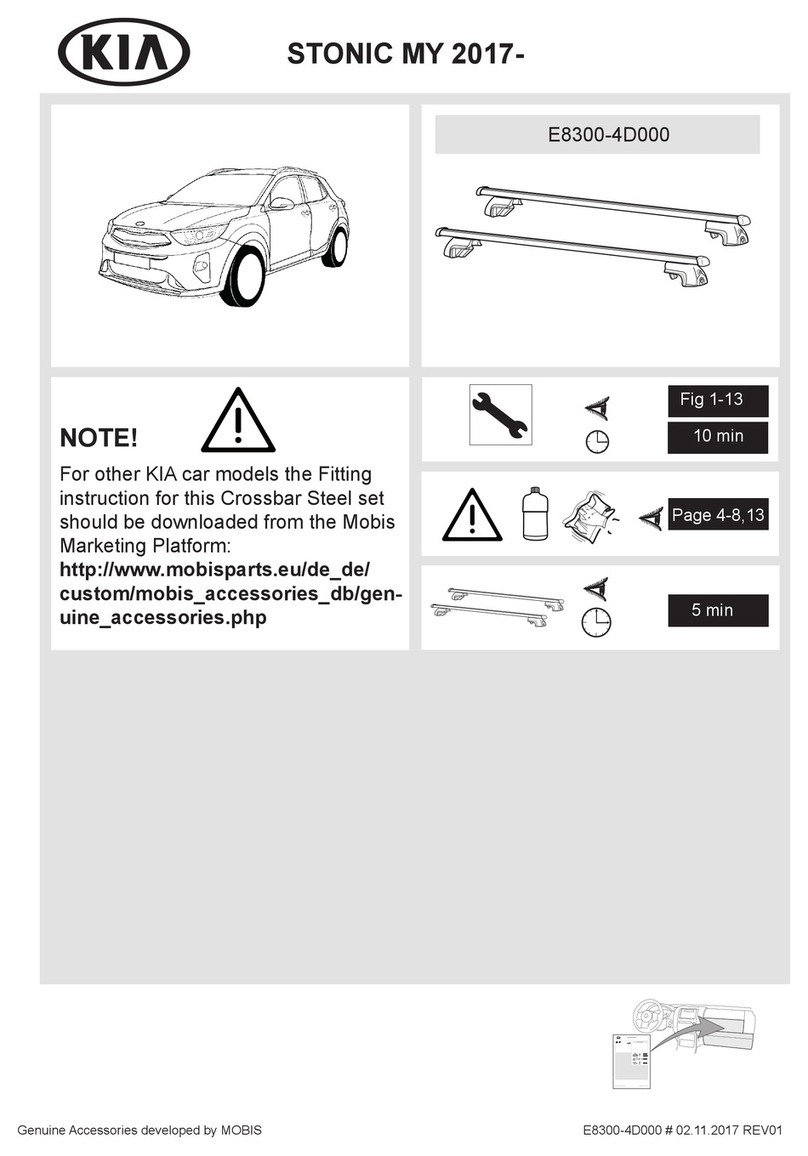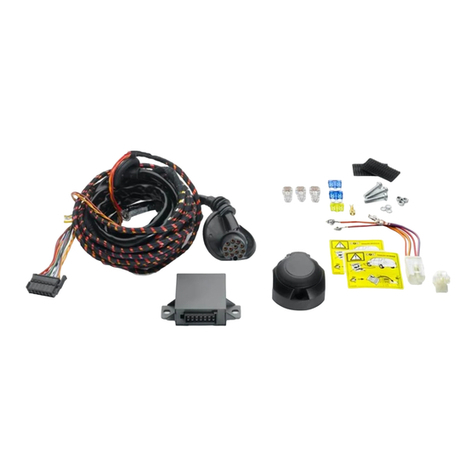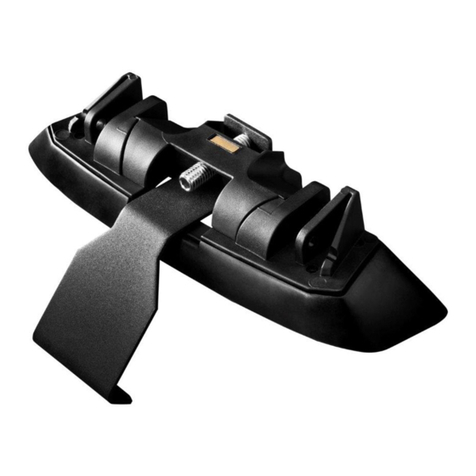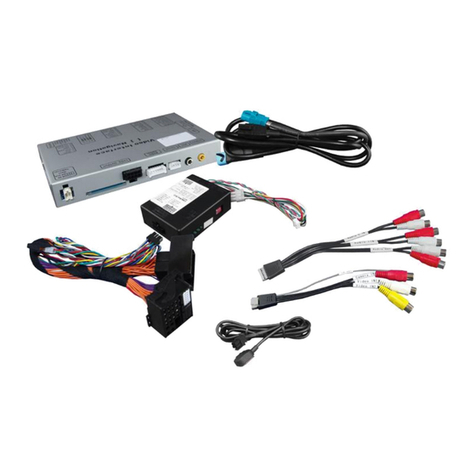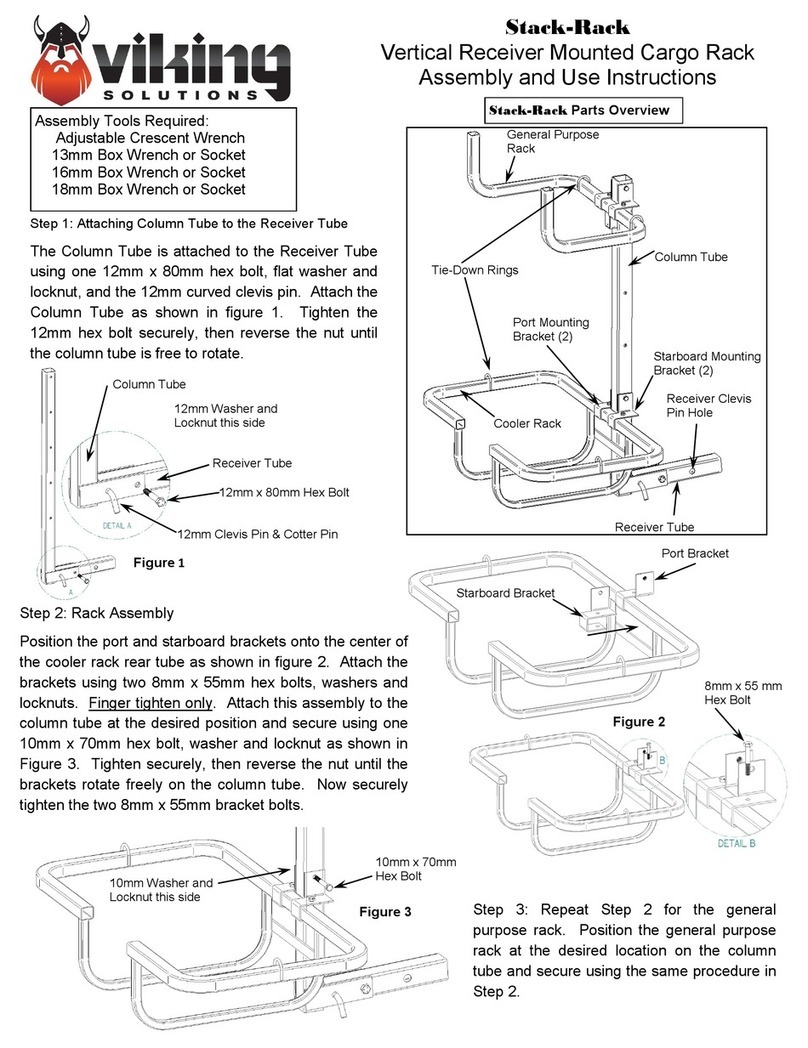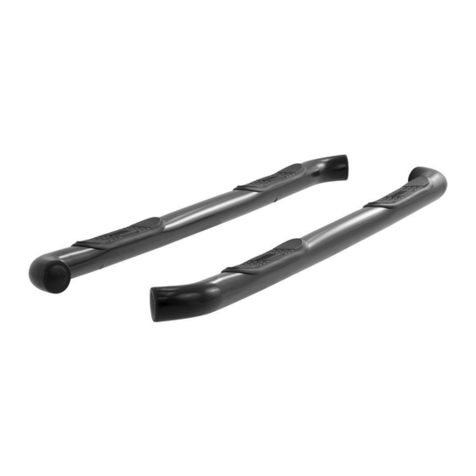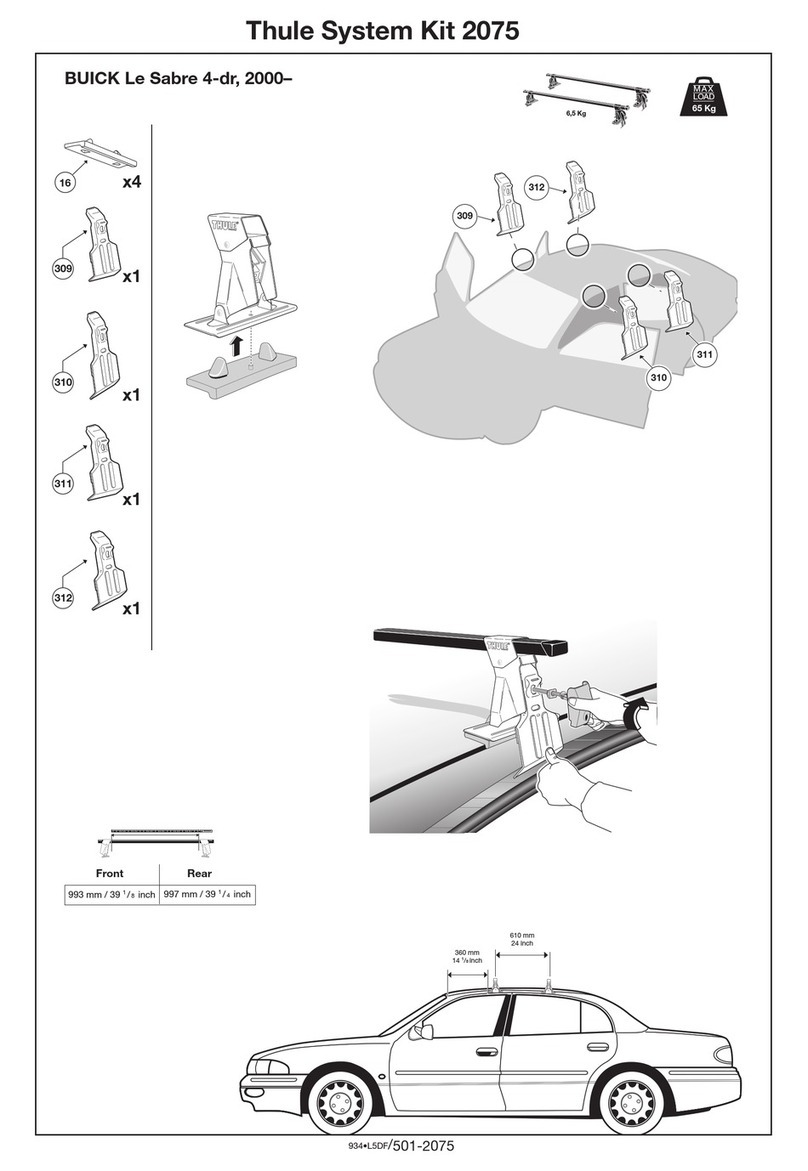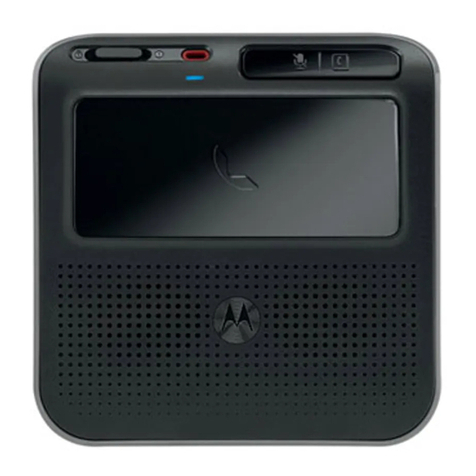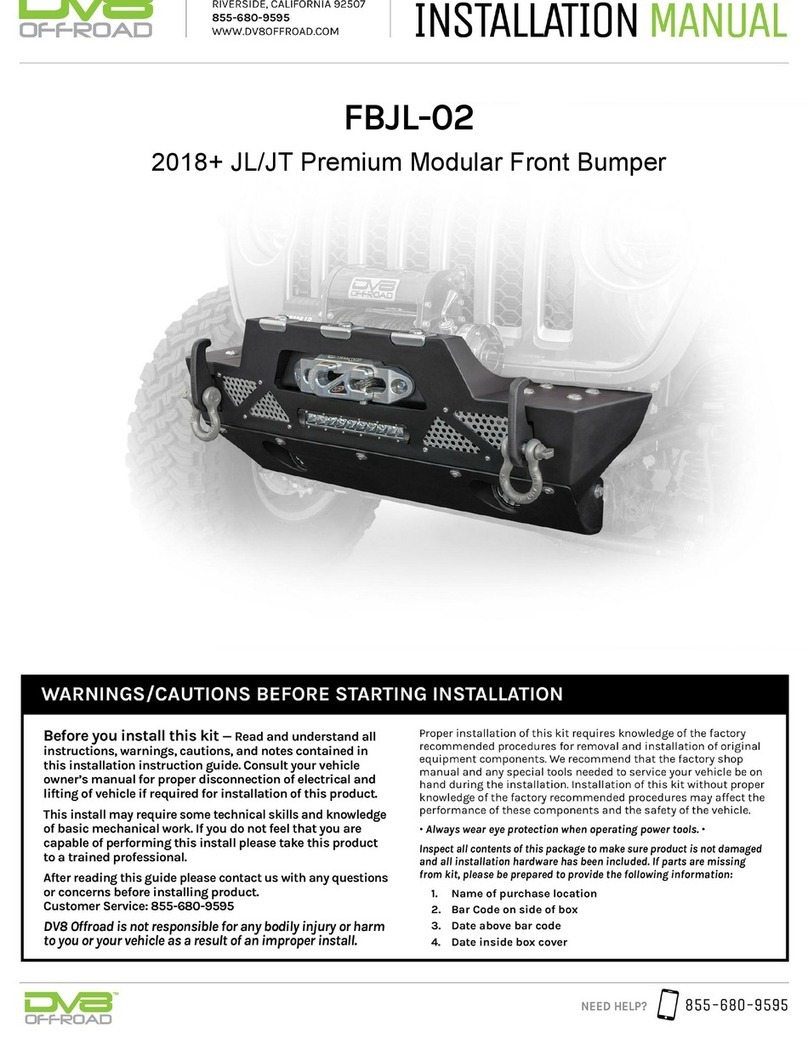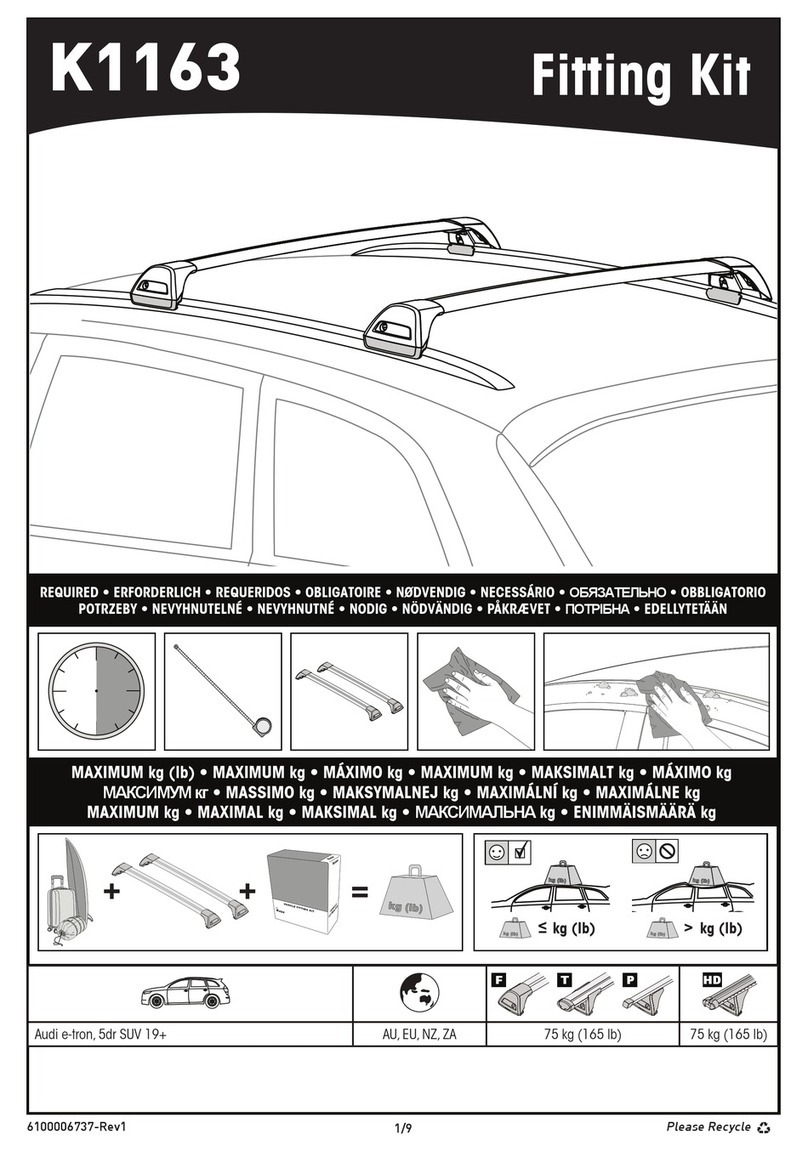Safety
DANGER
DANGER DANGER
WARNING
Safety
Safety instructions
Electric shock, short cir-
cuit, re, explosion
Use of a damaged or incorrect charging cable and
a damaged or incorrect electrical socket, improper
use of the charger or failure to observe the safety
instructions can cause short circuits, electric shocks,
explosions, res or burns.
eDo not use a damaged and/or soiled charger.
Check the cable and plug connection for damage
and soiling before use.
eOnly connect the charger to properly installed
and undamaged electrical sockets and fault-free
electrical installations.
eDo not use extension cables, cable reels, multiple
sockets or (travel) adapters.
eDisconnect the charger from the power grid dur-
ing thunderstorms.
eDo not modify or repair any of the electrical com-
ponents.
eNever immerse the charger or plugs in water or
spray them directly with water (e.g. high-pres-
sure cleaning equipment or garden hoses).
eOnly clean the charger when the control unit has
been fully disconnected from the power grid and
from the vehicle. Use a dry cloth for cleaning.
Electric shock, re
Incorrectly installed electrical sockets can cause
electric shock or re when the high-voltage battery
is charged using the vehicle charge port.
eInstallation and initial operation of the electrical
socket for the charger may only be carried out by
a qualied electrician. The qualied electrician is
fully responsible for compliance with the relevant
standards and regulations.
eThe cross-section of the supply cable for the
electrical socket is dened in accordance with
the wire length and the locally applicable regula-
tions and standards.
eConnect the electrical socket used for charging
via a separately fused electric circuit, which
complies with local laws and standards.
eThe charger is designed for use in the private and
semi-public sector (e.g. private property, com-
pany parking lots). In some countries, e.g. in Italy
and New Zealand, mode 2 charging is prohibited
in public areas.
Further information is available from your au-
thorized Porsche dealer or your local electricity
supplier.
eUnauthorized persons (e.g. playing children)
must not have access to the charger or the vehi-
cle during unsupervised charging.
ePlease read the safety instructions in the instal-
lation instructions and the Owner’s Manual.
Electric shock, re
Incorrect handling of the plug contacts can lead to
electric shock or re.
eDo not touch the contacts on the vehicle charge
port and charger.
eDo not insert any objects into the vehicle charge
port or charger.
eProtect electrical sockets and plug connections
against moisture, water and other liquids.
Flammable or explosive
vapors
Components of the charger can cause sparks and
ignite ammable or explosive vapors.
eTo reduce the risk of explosion, –particularly in
garages–, make sure that the control unit is lo-
cated at least 19.7 in. (50 cm) above the oor
during charging.
eDo not install the charger in potentially explosive
areas.
NOTE: This equipment has been tested and found to
comply with the limits for a Class B digital device,
pursuant to Part 15 of the FCC Rules.
These limits are designed to provide reasonable pro-
tection against harmful interference in a residential
installation. This equipment generates, uses, and can
radiate radio frequency energy and, if not installed
and used in accordance with the instructions, may
cause harmful interference to radio communications.
However, there is no guarantee that interference
will not occur in a particular installation. If the Wall
